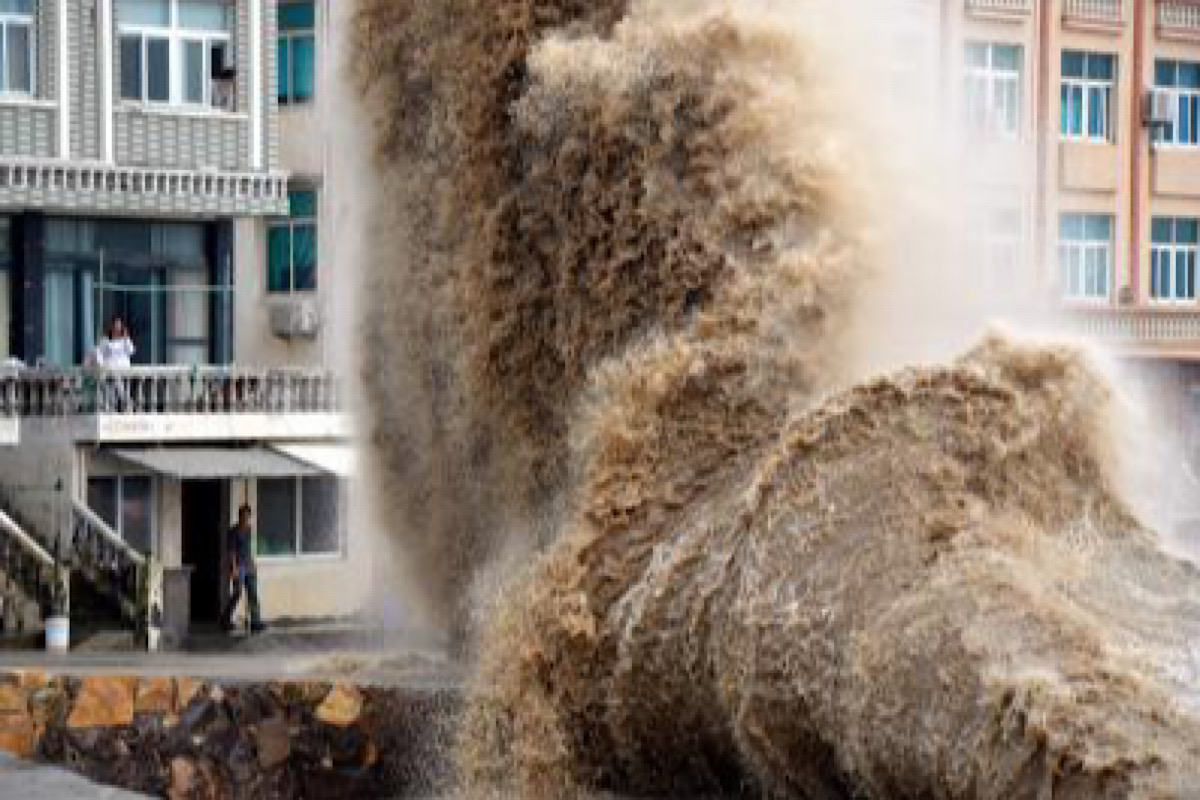Why India and Japan should deepen ties amid volatile geographical landscape
Indo-Pacific is fast becoming the epicentre of global security, and for India and Japan, the urgency of deepening strategic cooperation has never been more pressing.
The devastation caused by Typhoon Shanshan underscores the increasing severity of natural disasters in the context of climate change.

Typhoon Representative image
The devastation caused by Typhoon Shanshan underscores the increasing severity of natural disasters in the context of climate change. Japan, a country well-versed in disaster preparedness, finds itself once again at the mercy of extreme weather, despite having robust systems in place. The scale of destruction, from lives lost to widespread power outages and halted industries, signals a disturbing trend: climate change is exacerbating the intensity of storms, making even the most prepared nations vulnerable.
Typhoon Shanshan’s ferocity serves as a grim reminder of how climate change is transforming weather patterns. Experts have long warned that rising global temperatures contribute to the formation of stronger typhoons and hurricanes. Warmer oceans provide the energy needed for these storms to intensify more rapidly, leading to phenomena like Shanshan, which gained strength quickly before unleashing its full force on Japan.
Advertisement
This pattern of storms forming closer to coastlines and maintaining their intensity over land is becoming more frequent, as seen in recent years. The human cost of these disasters is staggering. Lives lost to landslides and collapsed buildings, as witnessed in Japan, reflect the harsh reality that even advanced warning systems cannot fully mitigate the risks. The fact that millions of people were under evacuation orders illustrates the severity of the threat. For many, evacuating their homes is not only disruptive but also carries risks, especially for vulnerable populations like the elderly. The tragic loss of life underscores the limitations of current disaster management strategies in the face of increasingly unpredictable and powerful storms. Beyond the immediate human toll, the economic impact of such disasters cannot be overlooked.
Advertisement
Japan’s automotive giants, among other industries, were forced to halt operations due to safety concerns and potential supply chain disruptions. These shutdowns have ripple effects across the global economy, demonstrating how natural disasters in one part of the world can have farreaching consequences. The interruption of transportation services, including flights and trains, further compounds the economic fallout, as both local and international businesses suffer from the logistical chaos. The situation in Japan should serve as a wake-up call to the global community. While Japan is better equipped than many nations to handle such crises, the escalating frequency and severity of these events demands a more proactive and comprehensive approach to disaster preparedness and climate resilience. Investments in infrastructure that can withstand such storms, coupled with policies that address the root causes of climate change, are essential.
As we witness more frequent and intense storms, it is crucial to acknowledge the role of climate change in shaping these disasters. The international community must prioritise climate action, not only to reduce the occurrence of such extreme weather events but also to strengthen global resilience. Typhoon Shanshan is a stark reminder that no nation is immune to the impacts of climate change, and collective action is the only way forward
Advertisement